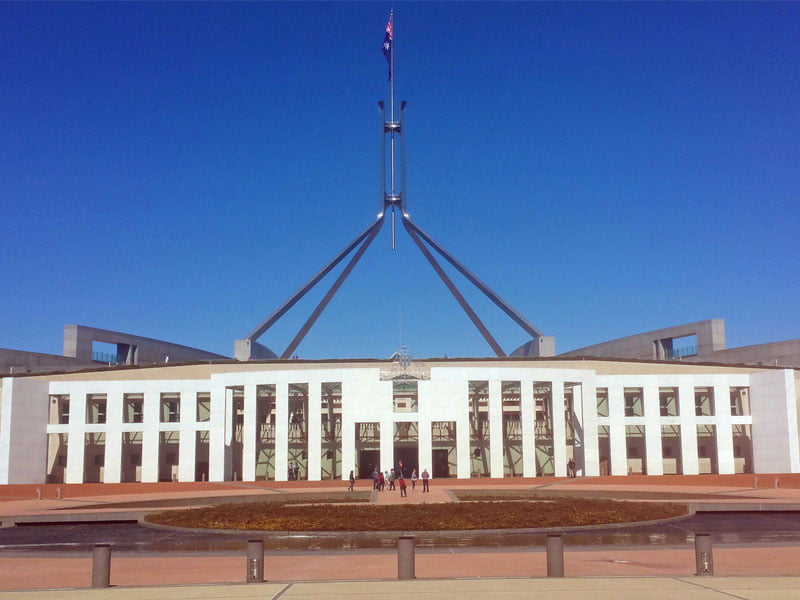NBN Co was doomed to be a “financial disaster” regardless of whether it used Labor’s all-fibre model or the current multi-technology mix, respected independent telecommunications analyst firm New Street Research has told a joint parliamentary committee.
New Street’s respected senior analyst Ian Martin said taxpayers faced a bill for around $30 billion on write downs to the value of NBN Co under the MTM model and that the cost could have been as high as $60 billion under Labor’s all-fibre model.
In presenting his evidence to the committee, Mr Martin was wading into a fractious and politically charged debate over the merits of Labor’s majority-fibre NBN model and the coalition’s MTM approach, which was championed by then shadow communications minister Malcolm Turnbull going in to the 2013 election where the Coalition took government from Labor. The prevailing view among proponents of Labor’s model have persistently argued that the cost of FTTP connections would ultimately have fallen enough by the time the network was completed to make it viable, helped by the virtue of its faster speeds, reliability and lower maintenance costs.

One of the most vocal champions of the majority fibre approach, RMIT associate professor in network engineering Mark Gregory, also gave evidence at the hearing, slamming politicians for sticking to assertions that Labor’s model would have cost an extra $30 billion over the MTM.
Mr Martin, who has examined the economics of 24 major network builds during a 25-year career as a specialist telco financial analyst, offered no allegiance to any network technology approach. Instead, he said that the NBN Co business was flawed from the start.
He singled out three broad failings within NBN Co’s economic DNA which have critically hampered the speed at which it has been able to recover its costs from customers.
Firstly, he said, that the business was a start-up which had no pre-existing network assets upon which to generate cashflow during its network rollout. Secondly, he said that NBN Co’s initial choice FTTP as its main technology out-of-the-gate was 20 per cent more expensive per connection than FTTN. However, the most damaging element of the majority-fibre choice was the longer lead time it required to rollout before NBN Co could start recouping its costs from customers.
Mr Martin contrasted NBN Co’s majority-fibre model to that of Chorus in New Zealand which has had some success in rolling out FTTP economically. There he said, Chorus already owned FTTN assets generating around $600 million per year to cover upgrade costs with help from government subsidies valued around $500 million.
He said that New Street had estimated NBN Co would ultimately be worth about $20 billion, which was about the same as its debts, leaving no value in its equity. Even, under the MTM model, which has roughly doubled the speed of the rollout, Mr Martin believes cost recovery is not possible.
“I think that ultimately in future when the government decides what to do with the NBN the taxpayer will lose something in the order of $30 billion. There are a lot of variables that go into that but it’s of that order when we look at it at this point,” he said.
Asked whether he thought the MTM had improved NBN Co’s economic outlook, he said: “Well, yes, even the multi-technology mix is going to have an enormous cost attached to it, but fibre-to-the-premises would have been a much bigger financial disaster. It has brought cashflow in far earlier than would have otherwise been the case and that ultimately, I think is the key to all of this,” he said.
Mr Martin said his modelling agreed with observations made in 2013 when the NBN Co’s 2010 corporate plan was reviewed that the majority-fibre plan was on trajectory to require an additional government cash injection of $25 billion to be completed. That would mean the $30 billion in write downs for which taxpayers currently facing picking up the tab under the MTM would have been closer to $55 to $60 billion under the majority-fibre model.
Do you know more? Contact James Riley via Email.

